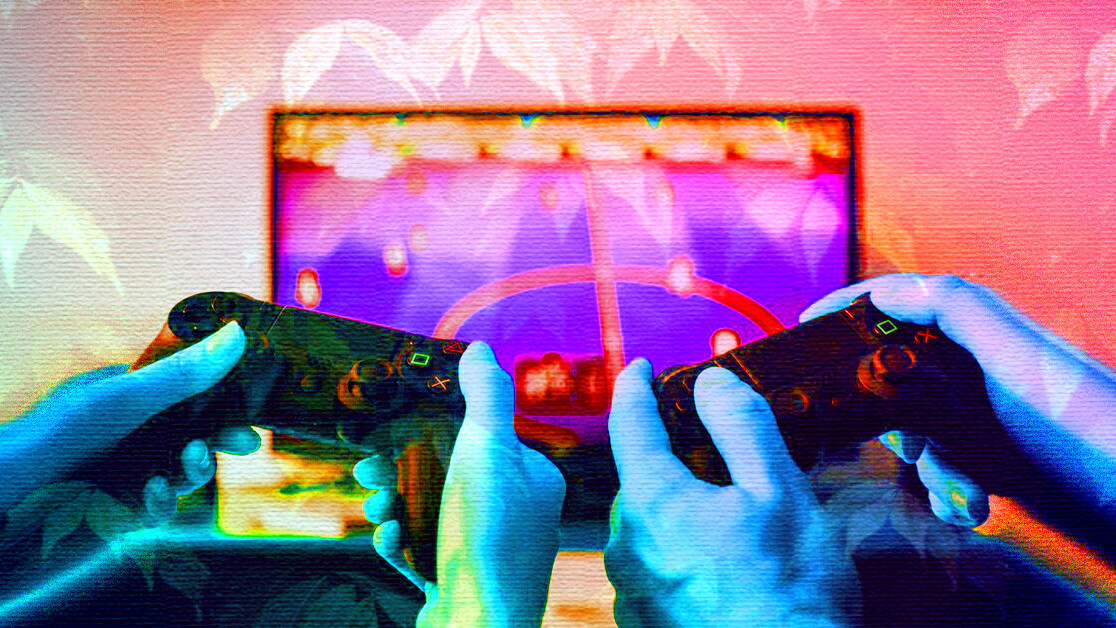
Video games have become an important stage for players to keep in touch, interact, and celebrate creativity. While games have always had a social element, today’s leading AAA titles are emerging as the “third place,” the social environment that people turn to outside of home and work. Since the start of the pandemic, I’ve barely set foot outside my apartment, giving this third place a whole new meaning for me. Meetings in Animal Crossing became an essential element to my suddenly socially-distanced reality.
But games crept into “third place” territory even before COVID-19 left people tethered to digital devices for connection. Last year, Fast Company declared Fortnite the internet’s “best new social network,” showing how the free-to-play, multiplatform game has become entrenched in the social fabric of a generation.
Fortnite today is Facebook ten years ago. So, it stands to reason that brands must recognize the importance of meaningful in-game interactions. For brands to succeed in a new era of gaming, they’ll have to shift gears and put purpose before products, focusing on opportunities to enhance the human connection and fuel creativity through indelible experiences.
A new media channel enters the arena
The benefits of in-game advertising are analogous to those of experiential engagement and in-person experiences. If you can get your brand in the game in a way that feels intuitive, then you can create memories in ways that can have an incredible impact on players’ lives.
Even today, I still have a soft spot for spending hours playing Chex Quest, a child-friendly overhaul of Doom where you play as the “Chex Warrior” fighting mucous instead of demons from Hell.
I’m not the only one who remembers the branded game fondly; it inspired multiple sequels including an HD remake of the original game. Chex Quest’s success shows how different this approach to advertising is compared to other media — if you consider it “advertising” at all.
Where experiential lacks in scale, gaming, and virtual events excel — and right now, meeting up in-game is the only way to hang out with friends in embodied, shared experiences. This poses an incredible opportunity for brands to build meaningful relationships with players — if they do it right.
In the new era of in-game advertising, level-up the player experience
Success in a new era of in-game brand placement requires companies to take a more strategic approach. First, don’t think of it as advertising — think of it as an opportunity to collaborate with game developers to activate experiences they could only dream of, placing the interests of players front and center.
Rocket League (an interesting cross between racing and soccer), has pulled this off well. The larger-than-life nature of the game — and its brand partners — gives players the opportunity to take fantastical vehicles for a spin, like customized iterations of the Batmobile or a Hotwheels car. Of course, players can also own and upkeep their real-world dream car in the game, too.
These brand tie-ins give consumers the opportunity to get in the cockpit and live their fantasies in a way that’s unique to gaming. They can even get a little nerdy by customizing their car, personalizing the experience even more.
But finding these opportunities to artfully connect the brand to the game can be tricky, requiring your team (or its partners) to have a fundamental understanding of what makes a given game so special to its audience.
In a competitive space, authenticity is key
Games like Fortnite are on their way to becoming the marquee event spaces of the future. Fortnite’s events have massive attendance the likes of which have never been seen before. This means that everyone is eager to get their brand through the door and in front of highly engaged, passionate players will want a slice of the pie.
Game developers and publishers have elbow room to be choosy and set their expectations high. There’s no cheat code here: before a brand brings an idea to the table, they must do their homework and ensure their proposition is thoughtful, authentic, and focused on improving the player experience in a given game.
It’s unlikely that the popularity of in-game venues, or recognition of games as social platforms, will wane once communities around the world have returned closer to normal. Fortnite has long been considered a “place” visited by teens today, much like how the shopping mall served as the stomping ground for previous generations.
This was well before the pandemic, and the game will likely kickstart a broader trend in the medium for years to come. As games continue to evolve, forcing players to adopt new strategies to win big, brands will have to adapt for victory, too.
Get the TNW newsletter
Get the most important tech news in your inbox each week.




